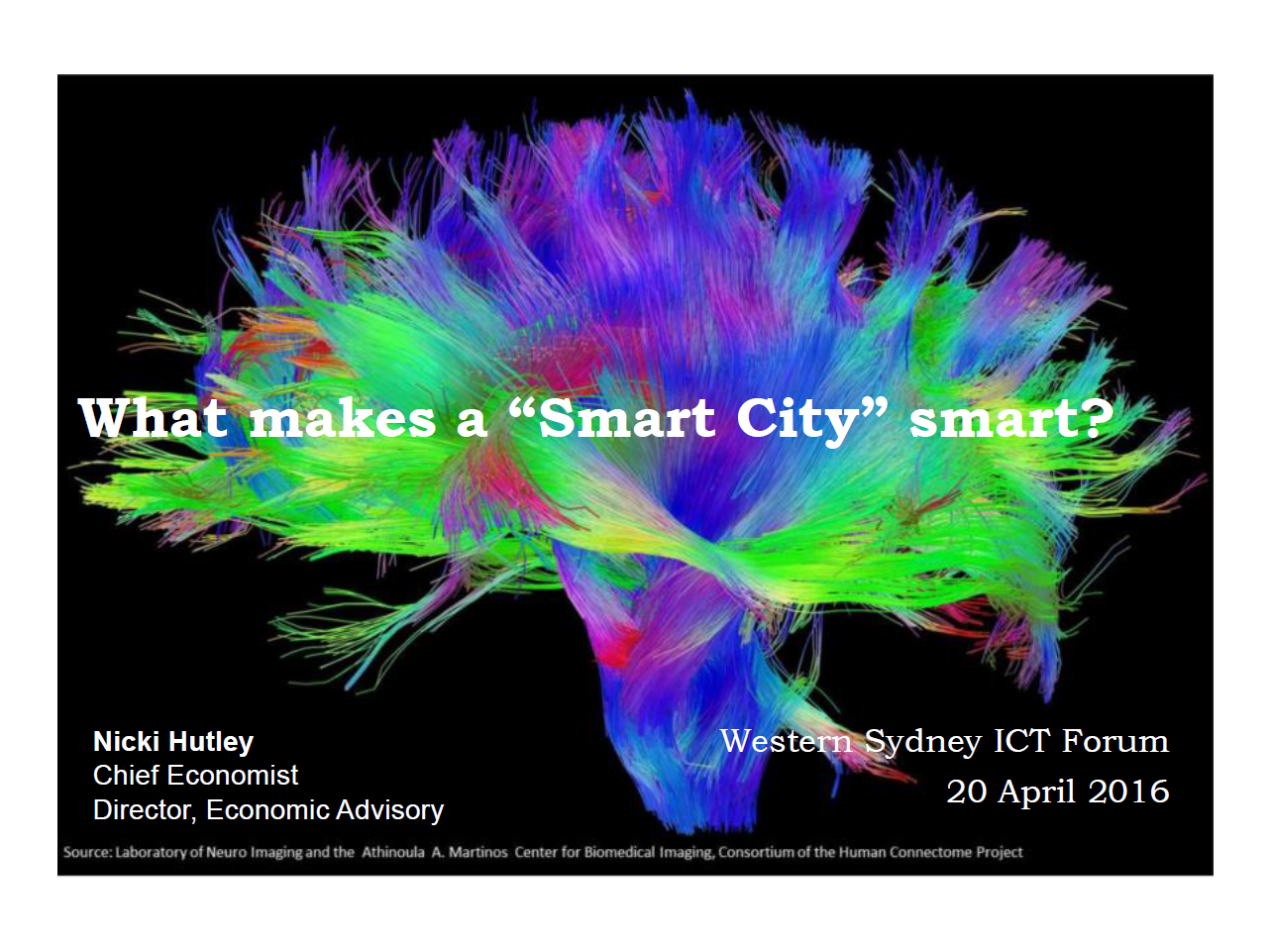There is no one clear definition of a ‘smart city’, and there are many aspects of what we think of as ‘smart’ that are already embedded in cities and even towns across Australia and globally. This includes remote video health services, smart lighting (on streets as well as in buildings) and virtual education campuses.
We hear more and more talk about the need for cities of the future to be ‘smart cities’. But just what does this mean?
While there is no single, consistent definition, the truly smart city will embrace technology to ensure the best outcomes in all aspects of service delivery and across the built environment. This means optimising efficiency, economic returns and customer experience. Smart cities are not about robots or driver-less cars. And they are not solely about technology; it is about how people deploy new technologies. The smart city will be evidenced by the efficiency and integration of its transport, health, education, housing, government and business services; in the way all these things connect to each other and to the citizenry.


